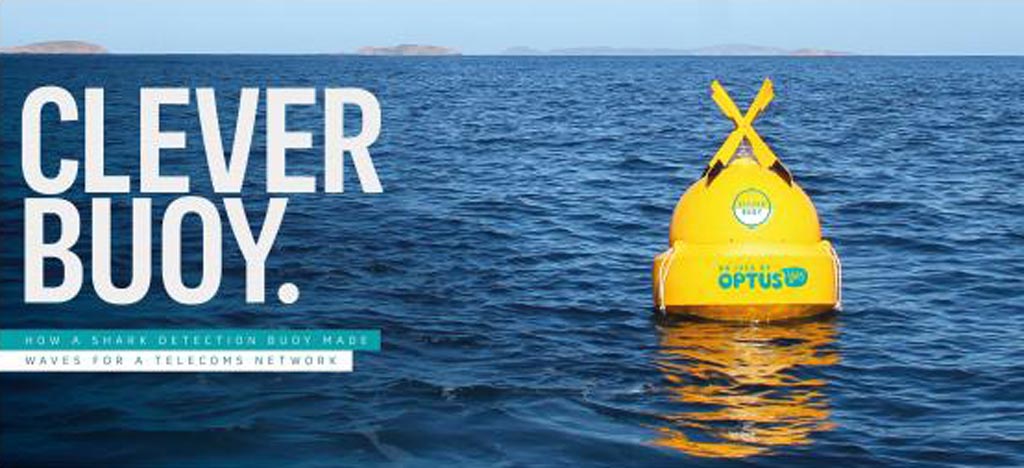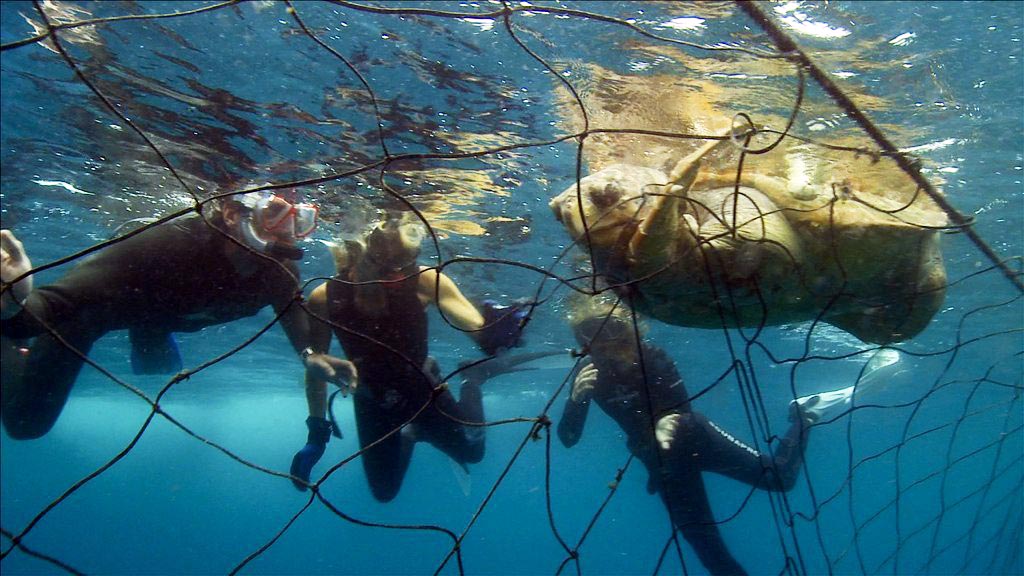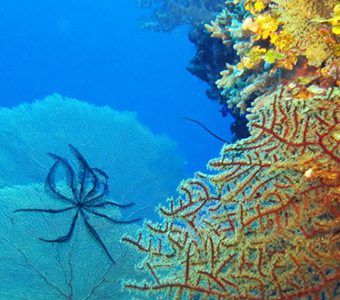In October 2015 shark experts from across the world convened in Sydney for the first international Shark Summit, to discuss alternatives to traditional shark nets. From this came the NSW Government’s $16 million Shark Management Strategy – A scientifically driven investigation of new and emerging technologies to protect beachgoers via both detection and deterrence, and minimize harm to sharks and marine animals. The Strategy includes components of:
- Surveillance, detection and deterrents
- Science and research, understand more
- Education and community awareness
So far so good
So far so good, but the final report commissioned by the NSW Government, the Cardno Report on Shark Deterrents and Detectors, published in October 2015 found that many of the whole-of-beach protections were not yet ready for trial.
In summary: No whole-of-beach deterrents were ready for trial and the only shark detector ready for trial was the shark spotter program. (Though Smart Drumline and CleverBuoy systems would be suitable for trial if certain issues were resolved).
That conclusion notwithstanding, by April 2016, aerial surveillance using with drones had commenced. The construction of the Eco-barrier for Lennox Head was well underway and the Bondi trial of the CleverBuoy was extended to gain more data before a commercial trial of the technology. (On 30 October, NSW DPI announced a further CleverBuoy research Collaboration to Improve Shark Detection.)
All in all, a positive response based on scientific principles to address the human-shark interaction issue once and for all.
But then…
As a knee-jerk response to a number of shark incidents, on 20 October, NSW DPI organized a consultation regarding shark nets on the North Coast where it discussed with stakeholders plans to introduce nets as a complementary measure to existing shark mitigation measures. And on 24 October, NSW DPI announces: ‘Shark Net Trial Legislation to be introduced’
The Press Release states: The NSW Government will introduce a Bill to the NSW Parliament in the last session this year to legalize a six-month trial of traditional shark nets on the North Coast, with deployment to occur immediately following its successful passage. DPI has already commenced procurement of nets and started negotiations with contractors, to allow immediate roll-out following approval from the Commonwealth.
It’s a sham
Let us not kid ourselves that this is any kind of trial of the so-called shark nets that have been used all along the east coast for decades. It’s a public relations exercise: someone needs to be seen to be doing something.
There is an inherent problem with pretending this is some kind of trial. There is no proof that nets work: bites and fatalities have occurred at netted beaches, and likewise, no incidents have been reported on un-netted beaches. I.e., as a trial it proves nothing. But there is proof that the nets kill many non-target species like dolphins (resident in the area), rays, turtles, sharks and birds. The nets in Sydney were put in on a temporary trial basis in 1936 and are still here eighty years later!
The good news
YOU CAN HAVE A SAY RIGHT NOW that will be factored into the trials. The DPI are seeking community input via a short survey that will take about 10 minutes to complete. So please submit your views and complete by 6 November 2016, 5pm.
Here is a link to the background information
Here is a link to the survey directly
By catch figures: in the publicly available 2011-12 DPI Performance Report:
Of the target species (White and Tiger sharks), 9 of the 19 sharks caught in the nets, were released, 10 perished in the nets.
Of the non-target species, 81 of the 92 non-target sharks perished in the nets (including 100% of the 36 Hammerheads).
The nets also killed 9 rays, 3 turtles and 2 dolphins, as well as many other pelagic species of fish.





